Reasons to travel to Lapland
Reasons to travel to Lapland – The northernmost part of Scandinavia is home to a unique culture and many experiences to live. Check out our reasons to travel to Lapland.

Reasons to travel to Lapland
Lapland is a region located in the northernmost part of Scandinavia, spanning across Norway, Sweden, Finland, and Russia. The area is known for its rugged terrain, vast forests, and Arctic tundra, as well as its distinctive culture and traditions.
Lapland is an appealing travel destination for several reasons. It is one of the best places in the world to witness the Aurora Borealis or Northern Lights, a natural phenomenon that illuminates the sky with spectacular colors. Additionally, Lapland offers unique winter activities, such as dog-sledding, reindeer-sledding, snowmobiling, and ice-fishing, as well as skiing and snowboarding in some of the best resorts in Europe.
In summer, Lapland is a popular destination for hikers, campers, and nature enthusiasts, offering unspoiled wilderness, crystal-clear lakes, and countless trails for exploring. Visitors can also experience the Midnight Sun, a natural phenomenon where the sun never sets, during the summer months.
Furthermore, Lapland is home to the indigenous Sámi people, who have a rich cultural heritage and a unique way of life that visitors can experience through traditional food, crafts, music, and storytelling. All of these factors make Lapland a fascinating and exciting destination for travelers seeking an unforgettable adventure in the far north.
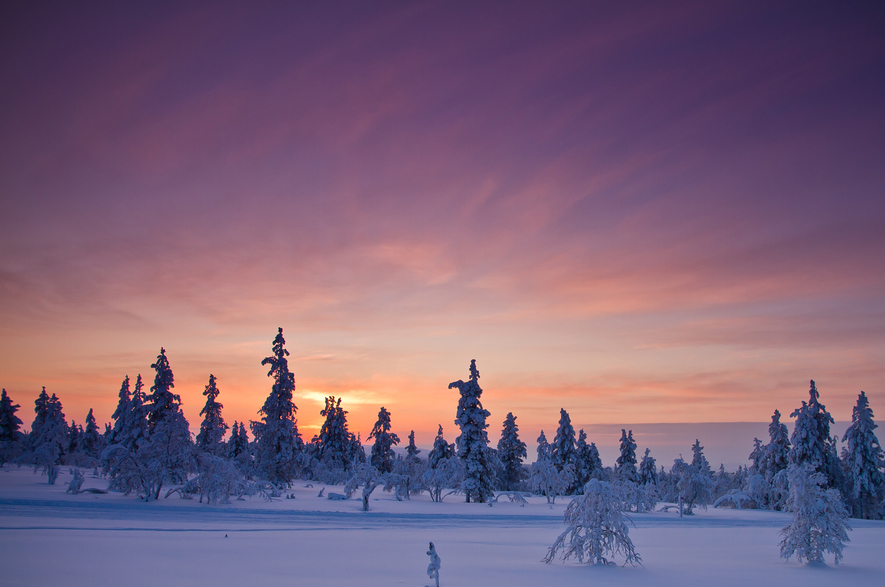
Natural sceneries
Lapland is known for its incredible natural beauty, which is unique to this part of the world.
Lapland is known for its incredible natural beauty, which is unique to this part of the world. One of the most spectacular phenomena that can be seen in Lapland is the Northern Lights, also known as Aurora Borealis. This natural light display is caused by electrically charged particles from the sun colliding with particles in the Earth’s atmosphere, creating a colorful display of dancing lights in the sky. The Northern Lights are best seen in Lapland between September and March, when the nights are long and dark.
Another amazing natural phenomenon in Lapland is the Midnight Sun, which occurs during the summer months when the sun does not set below the horizon. This means that the sun remains visible for 24 hours a day, creating an eerie but beautiful glow over the landscape. The Midnight Sun is best seen in Lapland from May to July, when the days are long and bright.
Aside from these natural wonders, Lapland is also home to vast forests, rugged mountains, crystal-clear lakes, and Arctic tundra. The landscape is dotted with charming villages, traditional Sámi settlements, and modern ski resorts. Visitors can experience the beauty of Lapland through a range of outdoor activities, such as hiking, camping, skiing, snowmobiling, and dog-sledding.
In the winter, Lapland is covered in snow, creating a magical winter wonderland with snow-covered trees, frozen lakes, and sparkling ice formations. In the summer, the landscape is lush and green, with wildflowers in bloom and abundant wildlife, including reindeer, elk, and brown bears.
All of these natural wonders make Lapland a truly incredible destination for those seeking to experience the beauty of the far north.

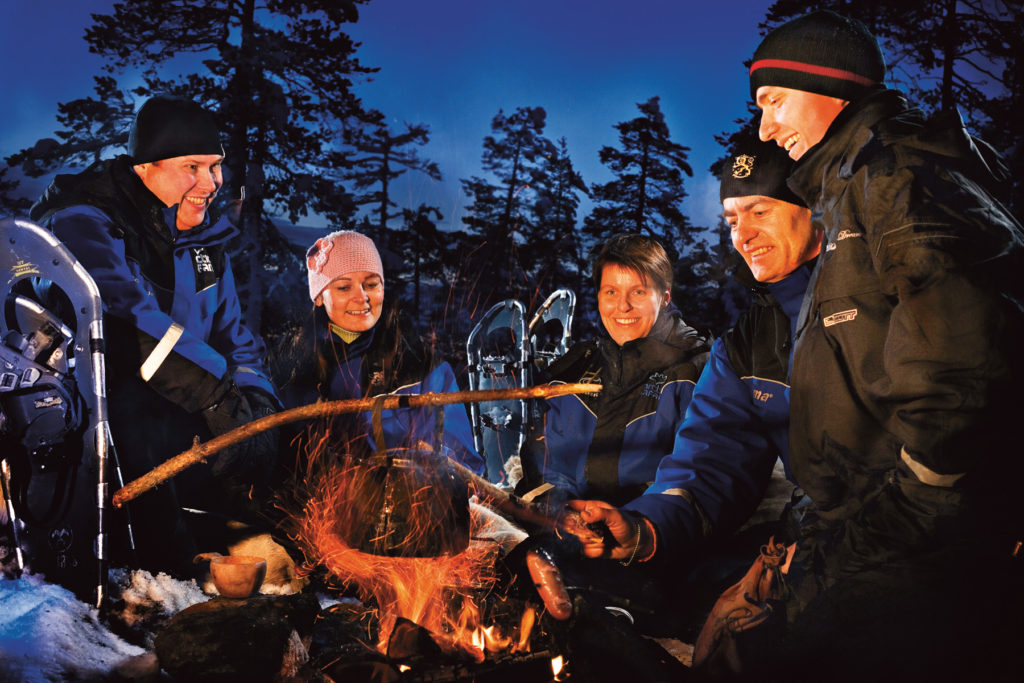
Experience the landscapes of Lapland
Lapland is a vast and diverse region, spanning across four countries and encompassing a range of landscapes. Some of the most notable landscapes in Lapland include:
Mountains: Lapland is home to several mountain ranges, including the Scandinavian Mountains, which form the border between Norway and Sweden. The highest peak in Lapland is Kebnekaise, which is located in Sweden and stands at 2,111 meters (6,926 feet) tall.
Forests: Lapland is covered in vast forests, which are home to a range of wildlife, including brown bears, wolves, and reindeer. Some of the most extensive forests in Lapland can be found in Finland, such as the Urho Kekkonen National Park.
Tundra: The Arctic tundra covers a large part of Lapland, especially in northern Norway and Russia. This barren landscape is characterized by low-lying vegetation, permafrost, and cold temperatures.
Lakes: Lapland is home to many lakes, some of which are among the largest in Europe. The largest lake in Lapland is Lake Inari, which is located in northern Finland and covers an area of 1,040 square kilometers (400 square miles).
The different kinds of landscapes can be found across Lapland, depending on the location. For example, the Scandinavian Mountains run through Norway and Sweden, while the tundra is more prevalent in the northern parts of Norway and Russia. The forests can be found throughout Lapland, while the lakes are scattered across the region. The specific locations of these landscapes can be explored through a range of outdoor activities, such as hiking, camping, and kayaking.
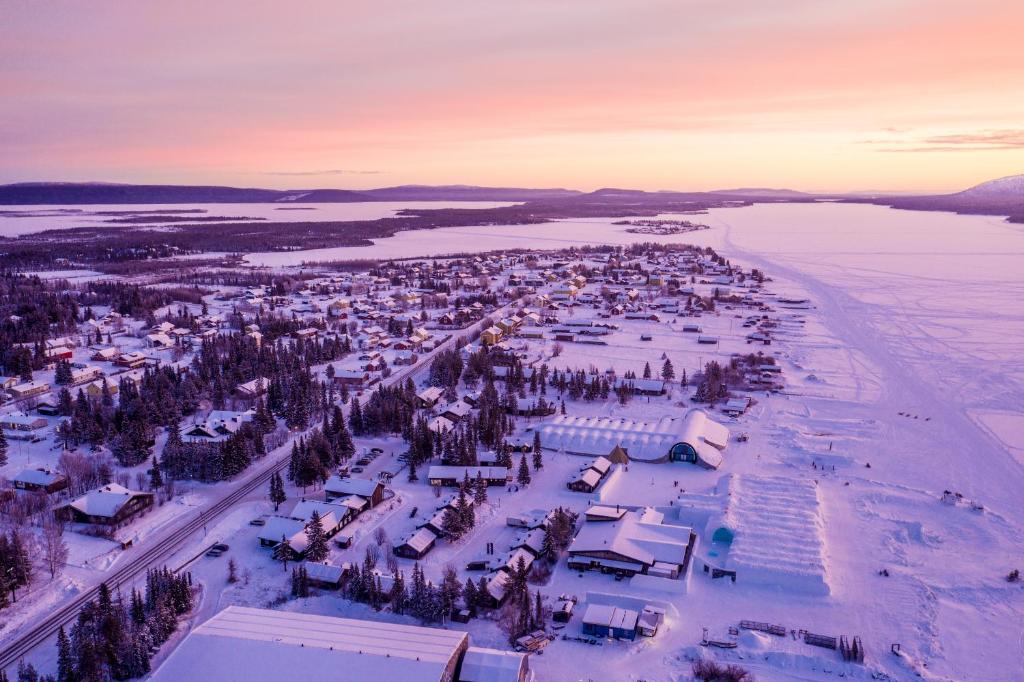

Experience wildlife in Lapland
Lapland is home to a variety of wildlife species that are well adapted to the harsh Arctic conditions. Visitors to Lapland can often see some of these fascinating animals in their natural habitats. Some of the wildlife species that can be seen in Lapland include:
Reindeer: Reindeer are an iconic species of Lapland and are an important part of the local culture and economy. Visitors can see them in their natural habitat or at reindeer farms, where they can learn about the traditional Sami way of reindeer herding.
Elk: Elk, also known as moose, are the largest species of deer and can be found throughout Lapland. Visitors can see them in the wild, or at wildlife parks such as the Elk Park in Kiruna, Sweden.
Arctic Foxes: Arctic foxes are well adapted to the extreme cold and can be found in the tundra regions of Lapland. They have a white winter coat that helps them blend into the snowy landscape, making them difficult to spot, but they can often be seen near bird cliffs and areas where there is a lot of food available.
Brown Bears: Brown bears can be found in Lapland, although they are not as common as some of the other wildlife species. They are more likely to be seen in the forested areas of Lapland, such as the Laponia World Heritage site in Sweden.
There are many opportunities for visitors to Lapland to see these and other wildlife species in their natural habitats. However, it is important to always respect the animals and their habitats and to follow the guidance of local guides and authorities to ensure the safety of both visitors and wildlife.
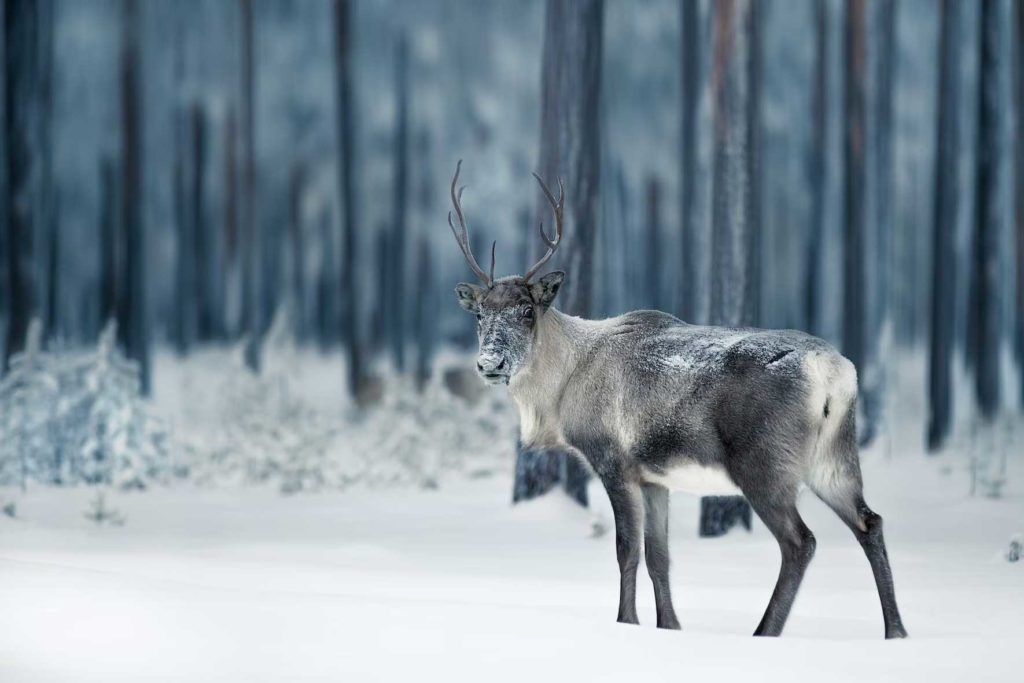
Experience adventures in Lapland
Dog sledding: Dog sledding is one of the most popular winter activities in Lapland, and there are many companies that offer dog sledding tours throughout the region. Visitors can experience the thrill of gliding through the snow-covered wilderness while being pulled by a team of eager huskies. Some of the best places to go dog sledding in Lapland include Rovaniemi and Levi in Finland, and Kiruna in Sweden.
Snowmobiling: Snowmobiling is another popular winter activity in Lapland, offering an adrenaline-packed way to explore the snow-covered landscapes. Visitors can rent a snowmobile and zoom through the forests and over frozen lakes, taking in the beautiful scenery along the way. Some of the best places to go snowmobiling in Lapland include Saariselka in Finland and Abisko in Sweden.
Ice fishing: Ice fishing is a traditional activity in Lapland and involves drilling a hole in the ice and fishing for fish such as arctic char and trout. Visitors can try their hand at ice fishing with a local guide, who can provide all the necessary equipment and knowledge about the best fishing spots. Some of the best places to go ice fishing in Lapland include Lake Inari in Finland and Tornetrask in Sweden.
Snowshoeing: Snowshoeing is a great way to explore the snowy wilderness of Lapland and is suitable for all ages and fitness levels. Visitors can strap on a pair of snowshoes and venture into the forests, tundra, or mountains, taking in the stunning scenery and enjoying the peace and tranquility of the winter landscape. Some of the best places to go snowshoeing in Lapland include Yllas in Finland and Riksgransen in Sweden.

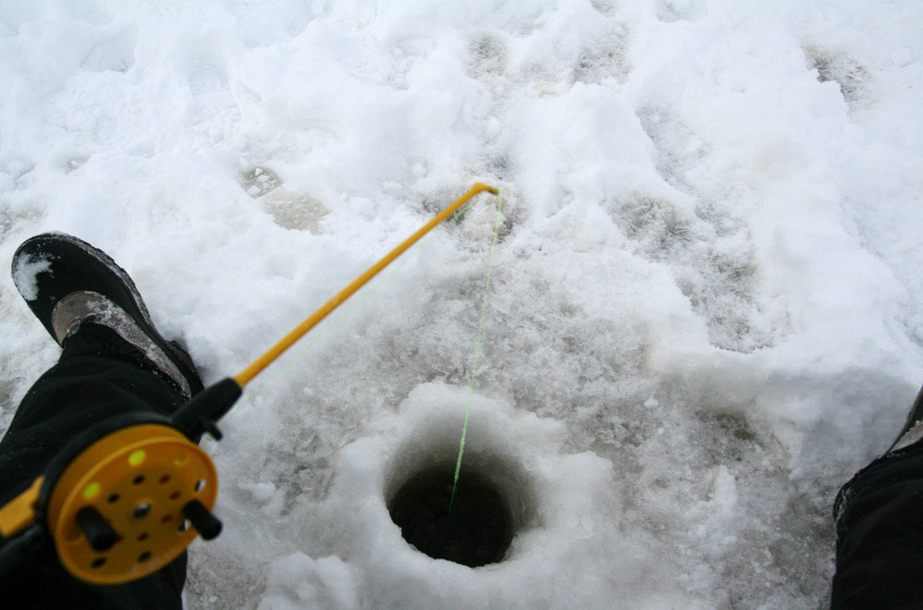
Experience staying in an ice hotel
One of the most unique experiences that can be had in Lapland is staying in an ice hotel. These hotels are constructed entirely out of snow and ice, and offer a one-of-a-kind lodging experience that cannot be found anywhere else in the world. Visitors can sleep in a room made entirely out of ice, surrounded by intricate ice sculptures and illuminated by the soft glow of ice lanterns.
Each ice hotel is constructed anew each year and offers a different design and theme, with many featuring ice bars, ice chapels, and even ice saunas. Despite being made of snow and ice, the hotels offer comfortable sleeping arrangements, with warm sleeping bags and reindeer fur blankets to keep guests warm and cozy throughout the night.
Many ice hotels offer a range of activities and experiences for guests, such as snowmobiling, dog-sledding, and Northern Lights tours. Some even offer ice-carving workshops, where visitors can learn to create their own ice sculptures.
The ice hotel experience is truly one-of-a-kind and offers visitors a chance to immerse themselves in the unique culture and natural beauty of Lapland. Some of the best-known ice hotels in Lapland include the Icehotel in Jukkasjärvi, Sweden, and the Snow Village in Kittilä, Finland.

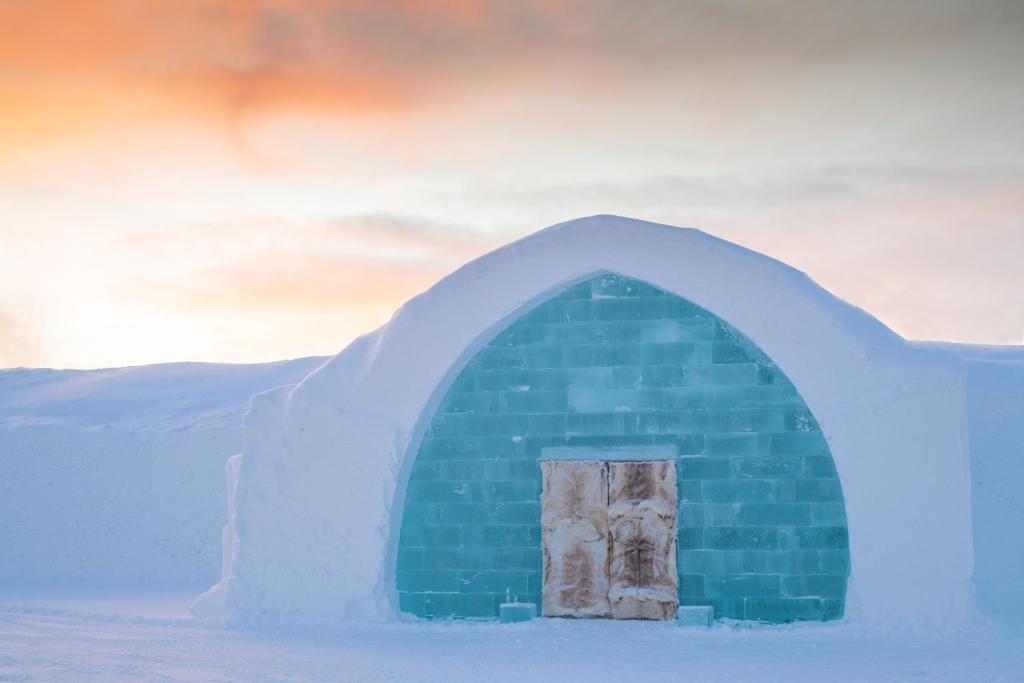
Experience winter sports in Lapland
Lapland is a popular destination for winter sports enthusiasts, offering a range of activities and sports to suit all levels of ability. Some of the most popular winter sports in Lapland include:
Skiing: Lapland has some of the best skiing in Europe, with many world-class ski resorts to choose from. The resorts offer a range of slopes, from gentle beginner runs to challenging black diamond trails. Some of the best-known ski resorts in Lapland include Levi and Yllas in Finland, and Riksgransen in Sweden.
Snowboarding: Snowboarding is also popular in Lapland, with many resorts offering terrain parks and half-pipes for freestyle riders. Lapland has plenty of open terrain for snowboarders to explore, with lots of natural jumps, drops, and features to keep things interesting.
Cross-country skiing: Lapland has a long tradition of cross-country skiing, with many groomed trails and tracks for both classic and skate skiing. Visitors can explore the snow-covered landscape at their own pace, taking in the beautiful scenery and enjoying the peacefulness of the winter wilderness.
Ice skating: Ice skating is a popular activity in Lapland, with many outdoor rinks and lakes to choose from. Visitors can glide across the ice, taking in the stunning surroundings and enjoying the fresh, crisp air.
Ice climbing: For the more adventurous, Lapland also offers ice climbing, where climbers scale frozen waterfalls and cliffs using ice axes and crampons. This adrenaline-packed activity requires skill, strength, and nerve, but offers a unique and unforgettable experience.



Experience the culture and history
Lapland is home to the indigenous Sami people, who have a rich and unique culture that has been shaped by their history and environment. The Sami have inhabited the Arctic regions of Scandinavia, Finland, and Russia for thousands of years, and their culture and traditions are deeply connected to the natural world.
One of the most important aspects of Sami culture is their language, which is spoken by around 30,000 people in the region. The Sami also have a rich tradition of art and crafts, including intricate woodcarvings, woven textiles, and colorful jewelry.
Food is also an important part of Sami culture, with traditional dishes such as reindeer stew, smoked salmon, and berry pies featuring heavily in their cuisine. The Sami have a long tradition of reindeer herding, which is still an important part of their way of life today. Visitors can try Sami cuisine at local restaurants and cafes, or even join a traditional Sami meal and learn about the history and significance of the dishes.
The Sami people also have a rich tradition of storytelling and music, with unique styles of music and instruments, such as the joik, a form of traditional Sami song. Visitors can experience Sami music and dance at cultural events and festivals throughout Lapland.
To learn more about Sami culture and traditions, visitors can visit Sami museums and cultural centers, such as the Siida Museum in Inari, Finland, and the Ájtte Museum in Jokkmokk, Sweden. There are also many opportunities to meet and learn from Sami people themselves, through guided tours, workshops, and cultural experiences.
The Sami culture and traditions are an integral part of the unique identity of Lapland, offering visitors a chance to learn about and experience a way of life that has been shaped by thousands of years of history and tradition.

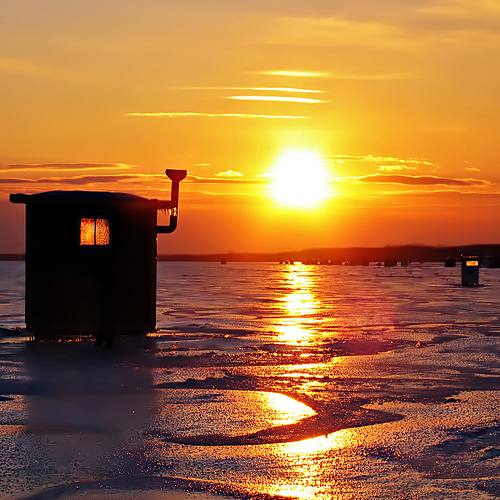
Experience the Sami culture and way of life
Visitors to Lapland have the opportunity to experience traditional Sami activities and learn about the unique culture and way of life of this indigenous people. Some of the most popular Sami experiences include:
Reindeer herding: Reindeer herding is a traditional livelihood for the Sami people, and visitors can join a Sami reindeer herder for a guided tour or a reindeer sledding experience. This offers a unique opportunity to learn about the history and significance of reindeer herding to the Sami people, and to see the beautiful landscape from a reindeer sled.
Sled riding: Visitors can also experience traditional sled riding, which is a popular winter activity in Lapland. Sleds are typically pulled by huskies or reindeer and offer a thrilling way to explore the snowy wilderness. Visitors can take a guided tour or even learn to drive the sleds themselves.
Sami handicraft workshops: The Sami have a long tradition of arts and crafts, and visitors can join workshops to learn traditional skills such as weaving, leatherworking, and woodcarving. This offers a chance to create something unique and beautiful while learning about the history and significance of these crafts to the Sami people.
Cultural experiences: Visitors can also experience traditional Sami music, dance, and storytelling at cultural events and festivals throughout Lapland. This offers a chance to immerse oneself in the unique and vibrant culture of the Sami people and learn more about their history and way of life.
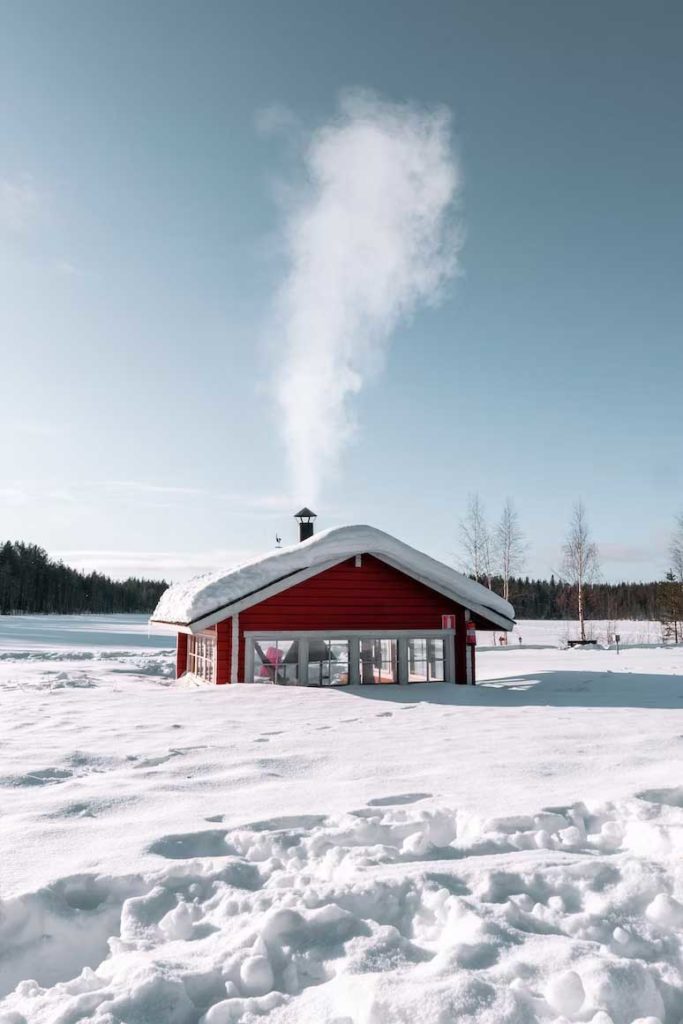
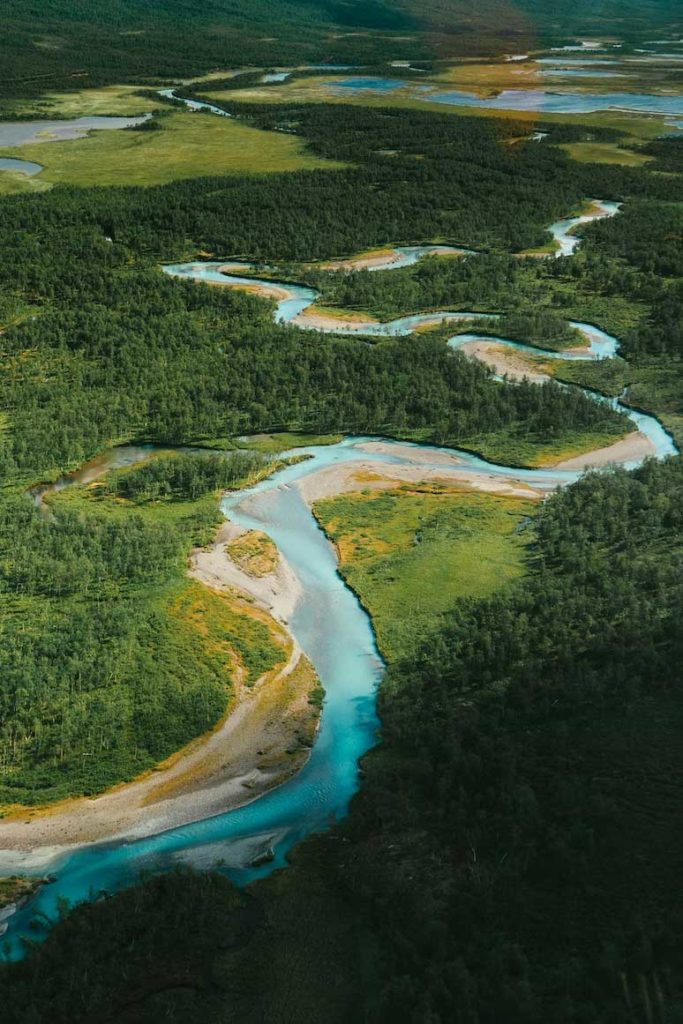
Preserving Sami culture, and the role of sustainable tourism
Preserving the Sami culture is of utmost importance, not only to the Sami people themselves but also to the region of Lapland as a whole. Sustainable tourism has an essential role to play in preserving the Sami culture and ensuring that it can be passed down to future generations.
Sustainable tourism is an approach that seeks to minimize the negative impacts of tourism while maximizing the positive impacts. This means that tourism should be developed in a way that benefits the local communities and their culture while protecting the environment and its resources.
In the case of Lapland and the Sami culture, sustainable tourism can help to promote and preserve the unique traditions and way of life of the Sami people. This can be achieved by offering visitors opportunities to learn about and experience traditional Sami activities, such as reindeer herding, sled riding, and Sami handicraft workshops, while ensuring that these activities are conducted in a sustainable and respectful manner.
Sustainable tourism can also help to support the local economy and promote sustainable development in the region, which can help to preserve the Sami culture and way of life. This can be achieved by supporting local businesses and initiatives that are committed to preserving the environment and culture of Lapland, and by promoting sustainable tourism practices.

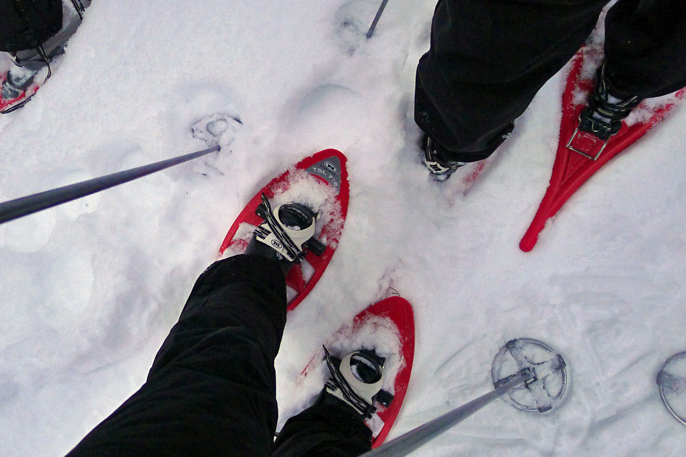
Local cuisine in Lapland
The cuisine of Lapland is characterized by its focus on local and seasonal ingredients, including reindeer meat, fish, berries, and wild herbs. Traditional Sami cuisine is simple yet flavorful, using traditional cooking techniques to create delicious and hearty dishes.
Reindeer meat is one of the most iconic ingredients in Lapland cuisine and is a staple in many traditional dishes, such as reindeer stew and sautéed reindeer. The meat is lean and tender, with a distinctive flavor that is both rich and earthy.
Fish is another important ingredient in Lapland cuisine, with salmon, trout, and arctic char being the most common. These fish are typically prepared in simple yet delicious ways, such as smoking, grilling, or roasting, to bring out their natural flavors.
Berries, such as lingonberries, cloudberries, and bilberries, are also a common ingredient in Lapland cuisine, used in everything from desserts to savory dishes. They add a sweet and tart flavor to dishes and are packed with antioxidants and other nutrients.
Visitors to Lapland can experience local food inside a traditional Sami tent, known as a lavvu. These tents are made of reindeer hides and are used as a traditional gathering place for the Sami people. Visitors can try traditional Sami dishes such as bidos, a reindeer meat and vegetable soup, and gahkku, a type of bread made from wheat or barley flour.
In addition to traditional Sami cuisine, Lapland also has a growing food scene that focuses on modern interpretations of traditional dishes, using local and seasonal ingredients in innovative ways.
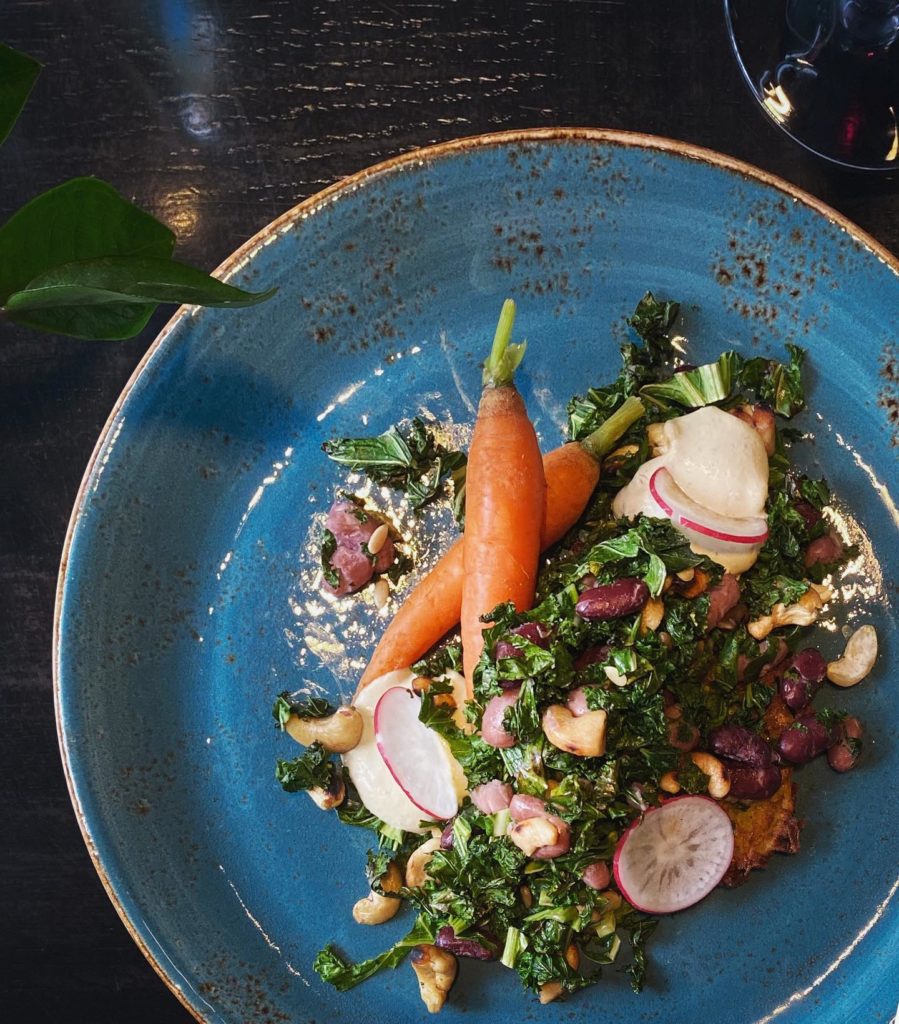
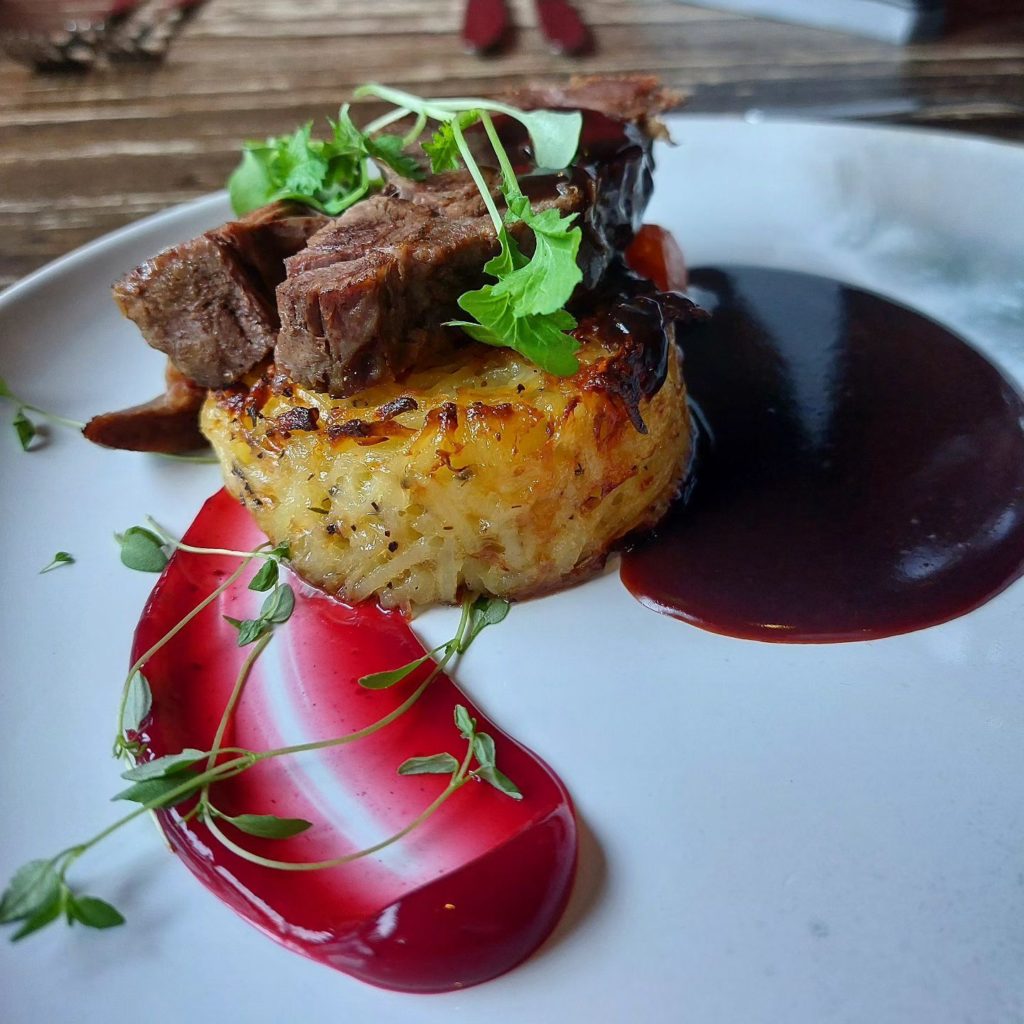
Where to try the food
Lapland is home to a vibrant and growing food scene, with many restaurants and cafes offering a range of local and seasonal dishes. Some of the top restaurants to try local cuisine in Lapland include:
Ravintola Nili – Located in the town of Levi in Finland, Ravintola Nili offers a modern take on traditional Lapland cuisine. Chef Mikko Kaukonen creates innovative dishes using local and seasonal ingredients, such as smoked reindeer with beetroot and lingonberry sauce.
Arctic Restaurant – Located in Rovaniemi in Finland, Arctic Restaurant offers a unique dining experience inside an igloo. Chef Hannu Laaksonen creates dishes that highlight local ingredients, such as arctic char with herb-roasted potatoes and lingonberry sauce.
Fjellborg Arctic Lodge – Located in Kiruna in Sweden, Fjellborg Arctic Lodge offers a luxurious dining experience in a stunning natural setting. Chef Johan Jureskog creates dishes that combine local and global flavors, such as grilled reindeer with truffle butter and roasted root vegetables.
Old Market Hall – Located in the heart of Helsinki in Finland, the Old Market Hall offers a range of local and international cuisine, including traditional Lapland dishes such as reindeer meatballs and smoked salmon.
These restaurants offer a chance to experience the unique and delicious flavors of Lapland cuisine, using local and seasonal ingredients to create innovative and memorable dishes. Visitors can sample reindeer meat, fish, and berries, as well as other traditional Lapland ingredients, while enjoying the beautiful surroundings and unique atmosphere of these top restaurants.

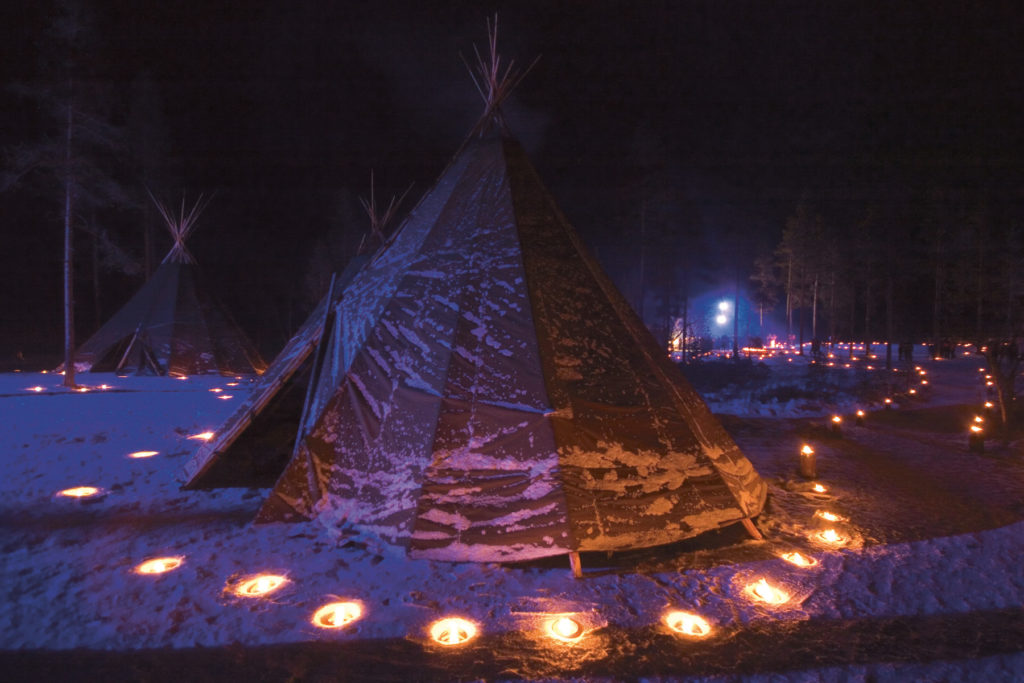
–
This fascinating region offers a range of activities and experiences that cannot be found anywhere else in the world, from witnessing the magical Northern Lights and experiencing the Midnight Sun to learning about the unique culture and traditions of the indigenous Sami people.
In Lapland, you can ski on world-class slopes, snowmobile across frozen lakes, and experience the thrill of dog sledding or ice climbing. You can also explore the natural beauty of the region, from the snow-covered forests and mountains to the vast tundra and pristine lakes.
Lapland also offers a unique culinary experience, with traditional dishes such as reindeer meat and fish being key ingredients in many local dishes. Visitors can try local cuisine at a range of restaurants and cafes, or even experience a traditional Sami meal inside a lavvu, a traditional Sami tent.
But perhaps the most unique and unforgettable aspect of Lapland is its culture and traditions. Visitors can learn about and experience the unique traditions and way of life of the indigenous Sami people, through activities such as reindeer herding, sled riding, and Sami handicraft workshops.


–
Check out our Norway travel guide
Check out our Sweden travel guide
Check out our Finland travel guide


